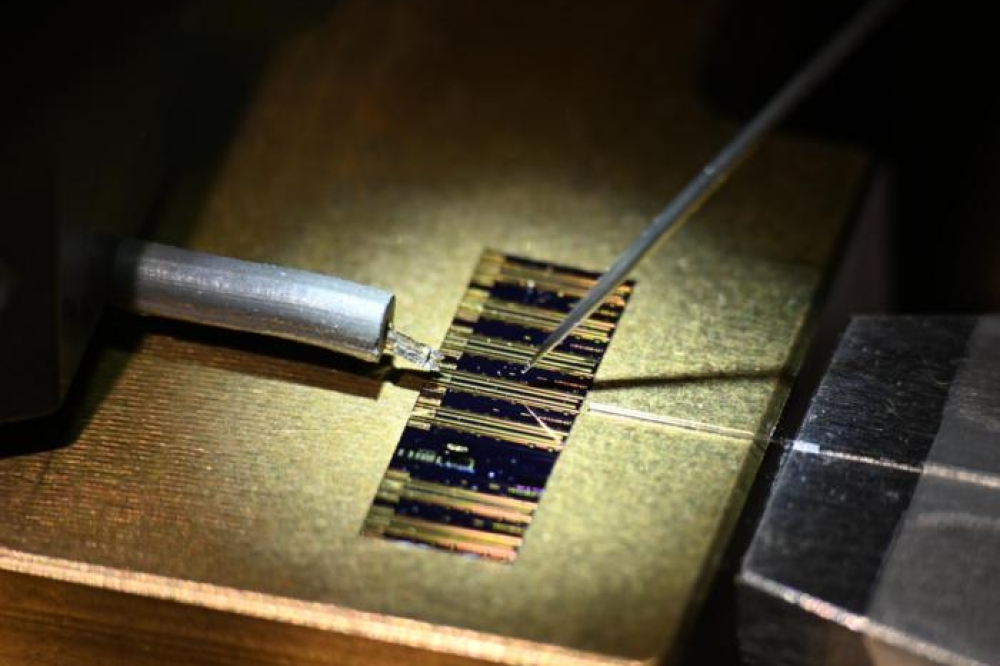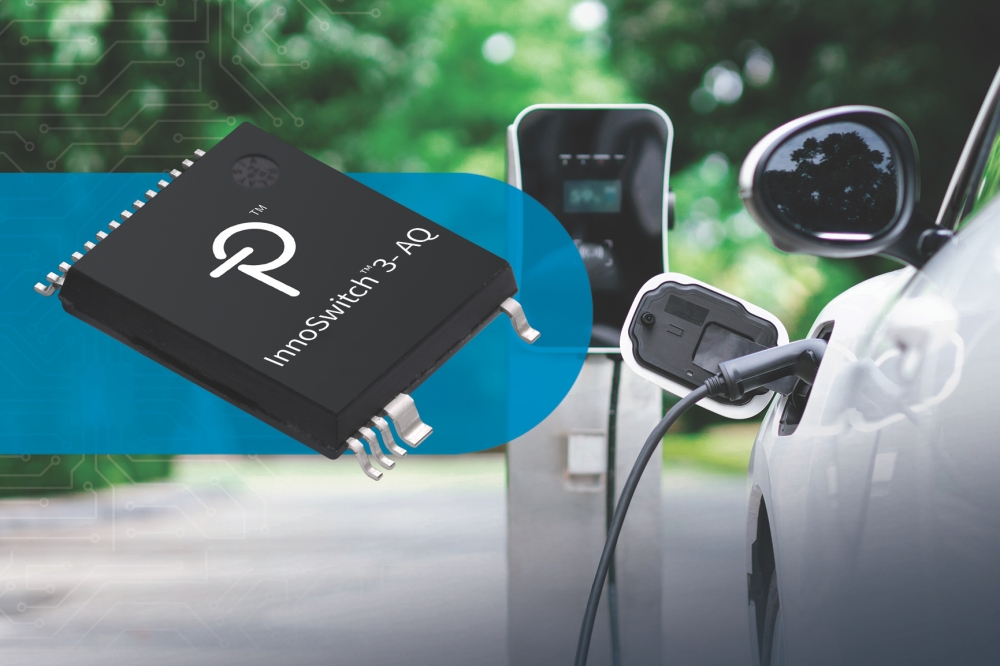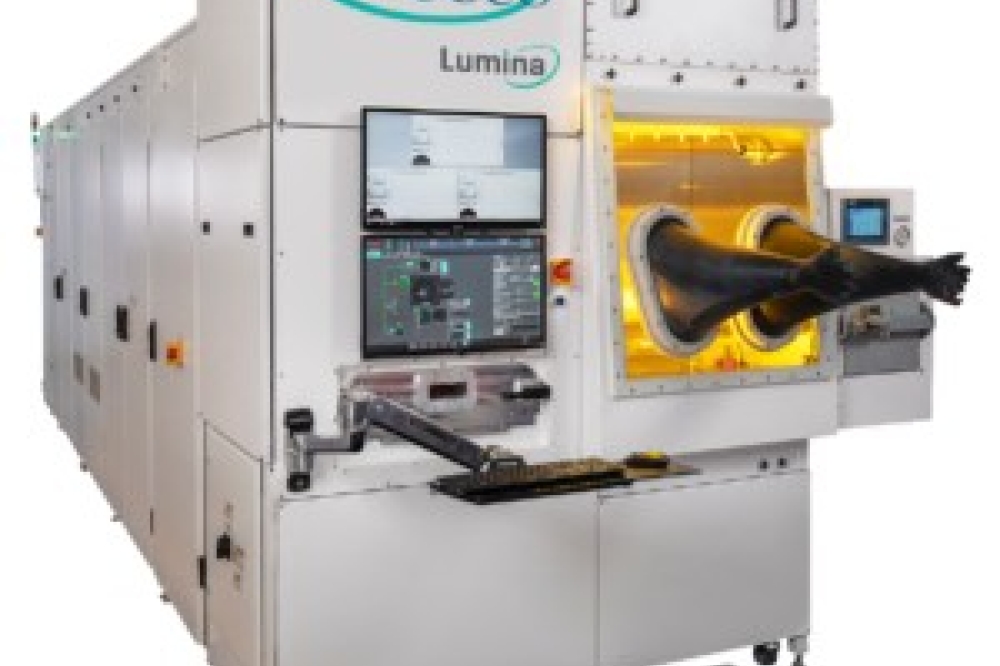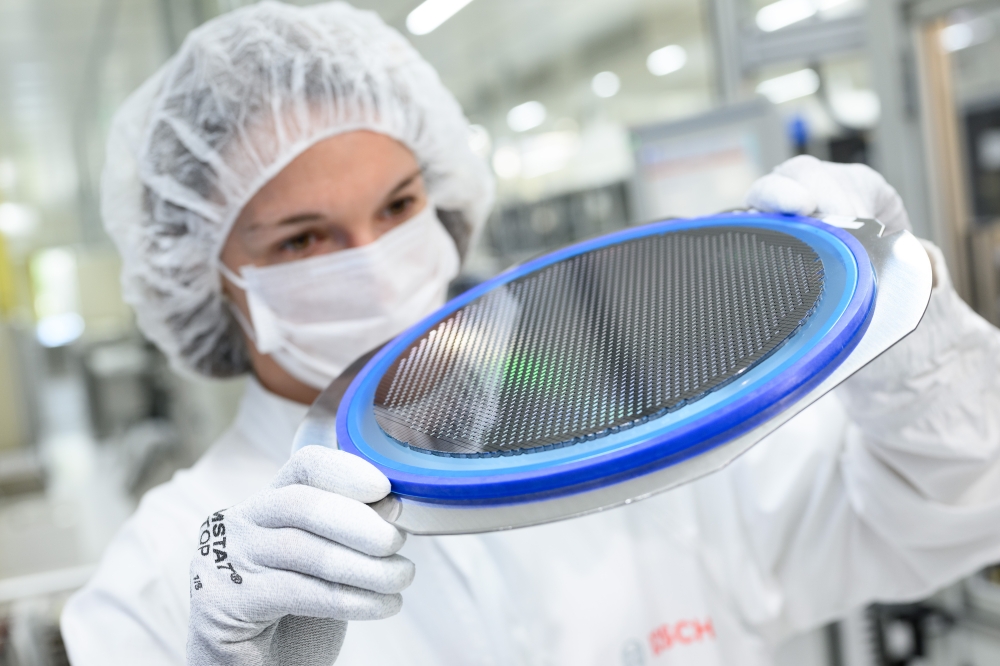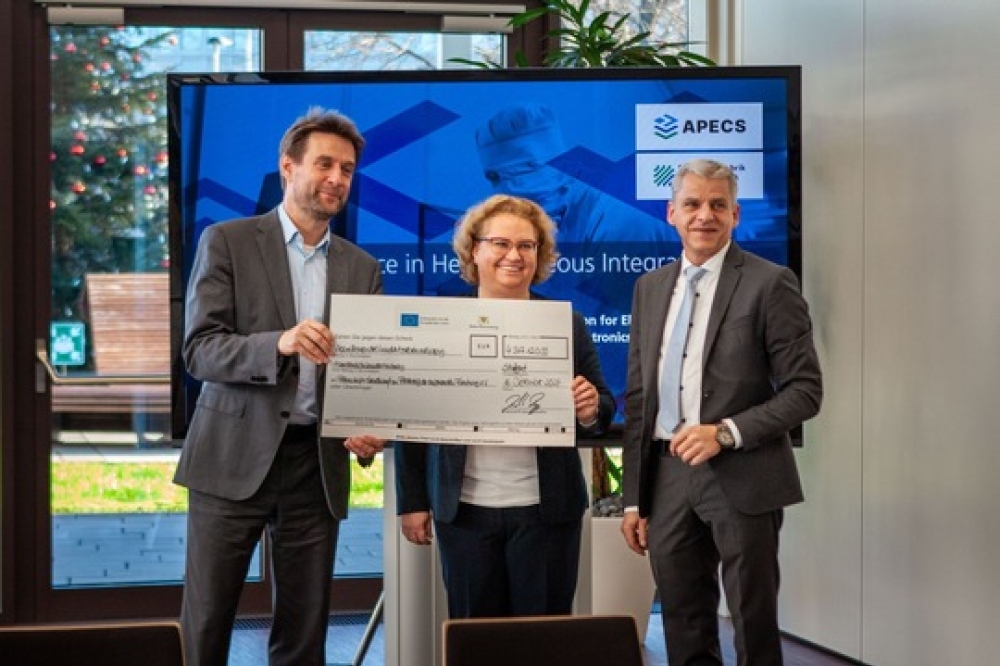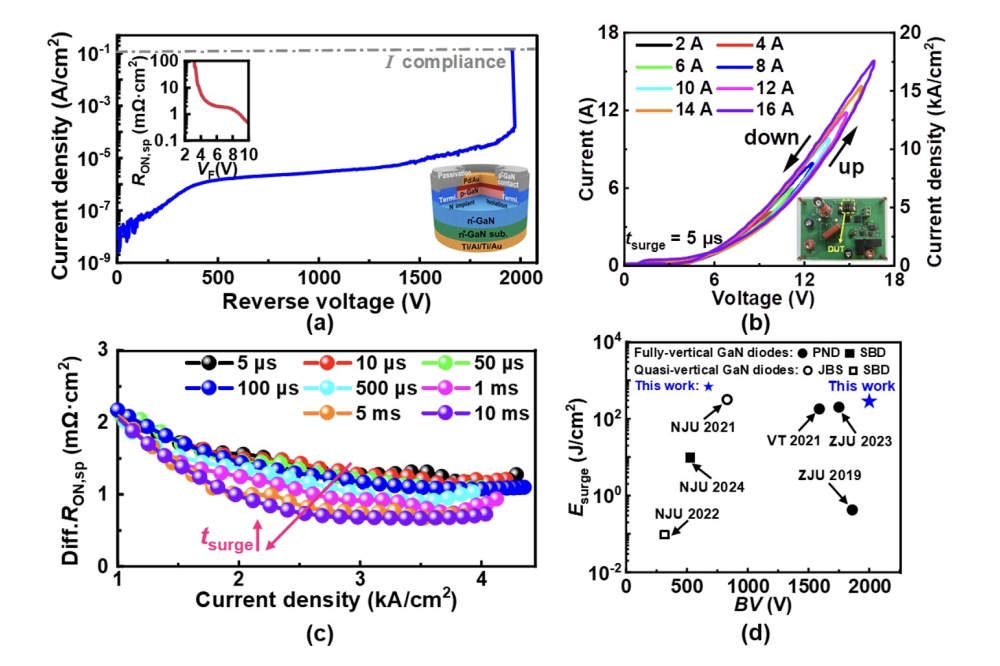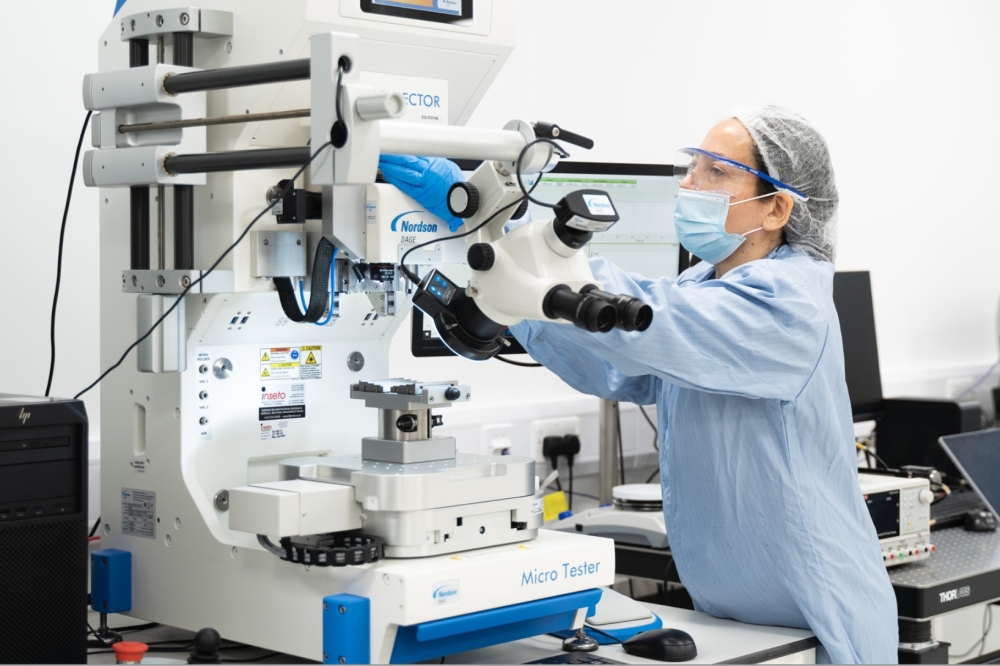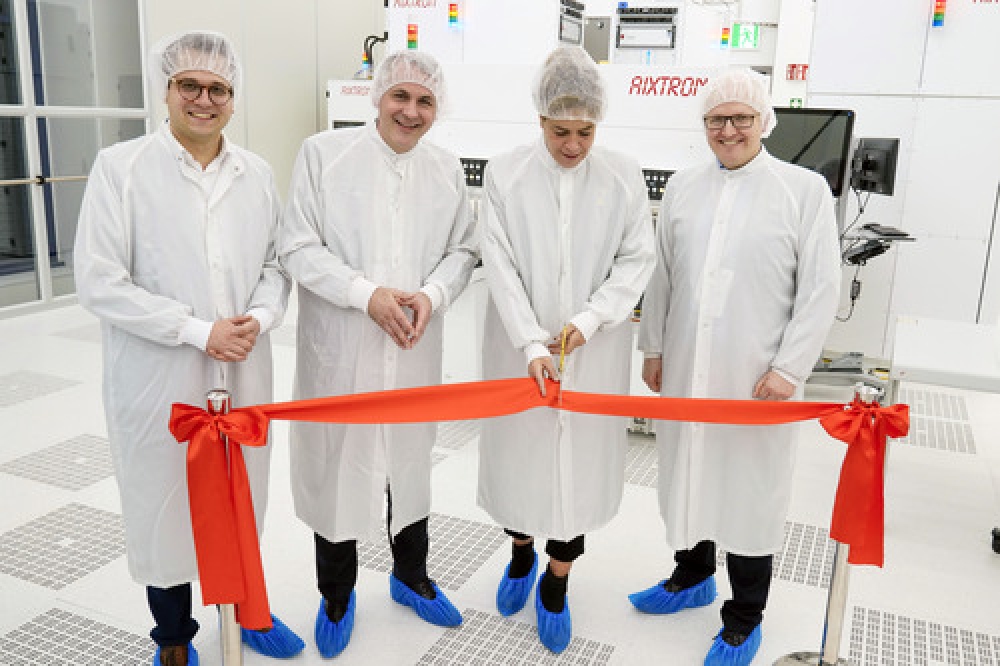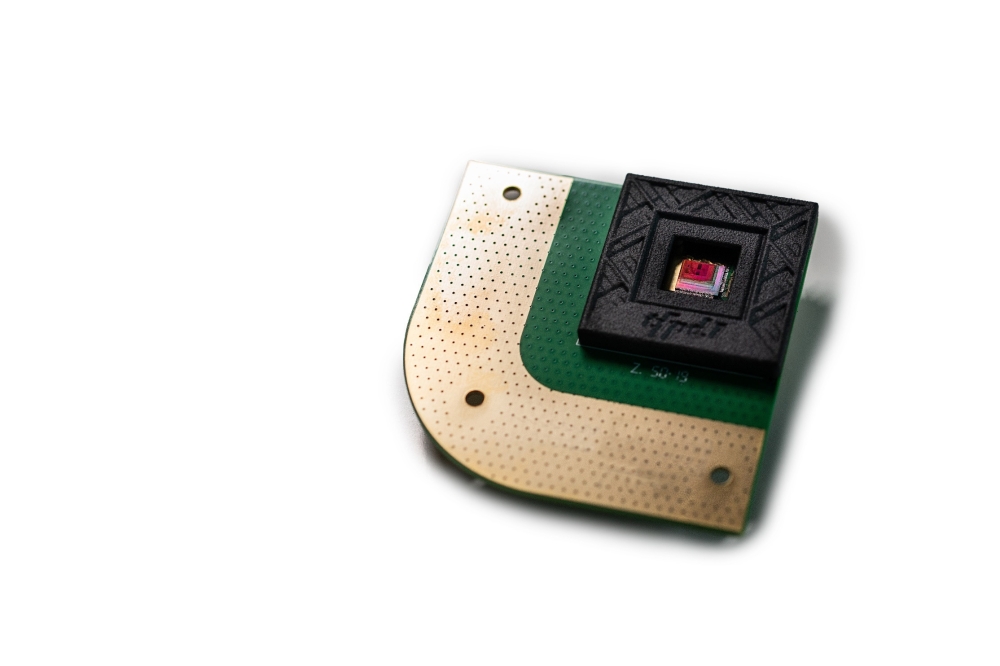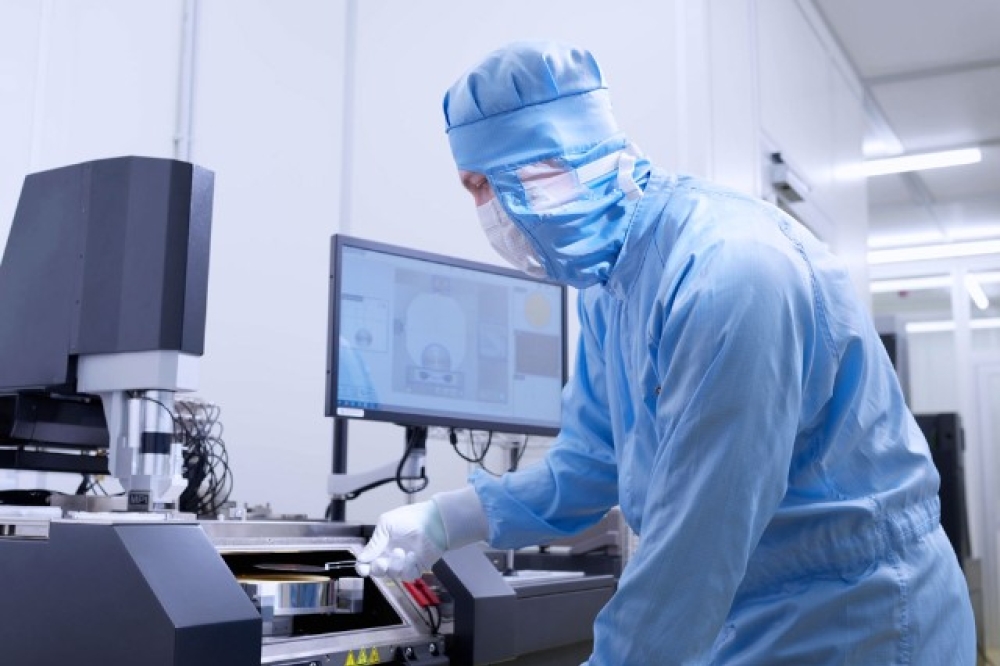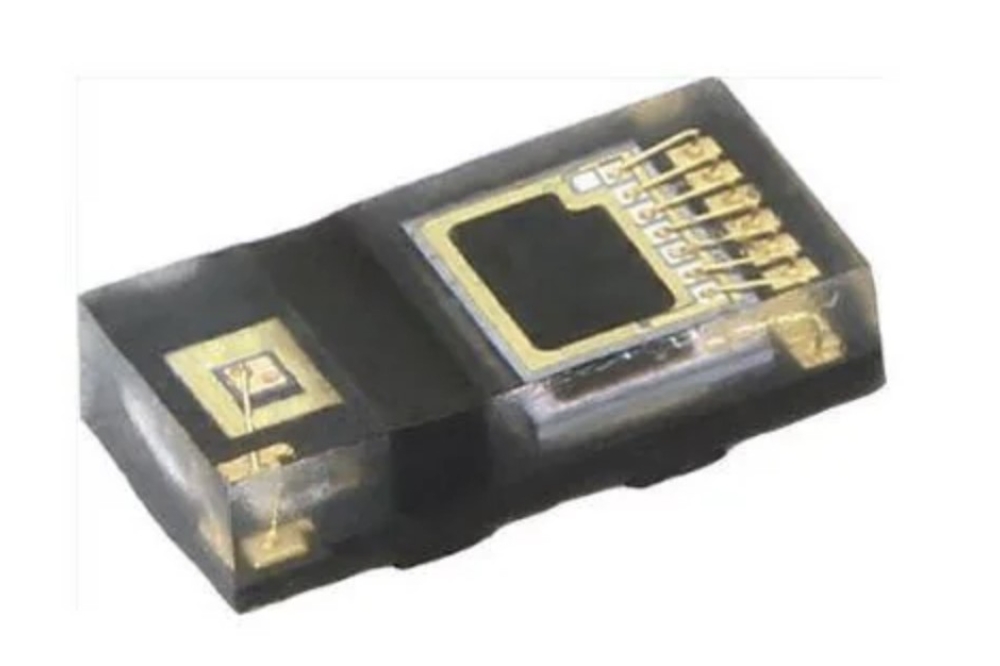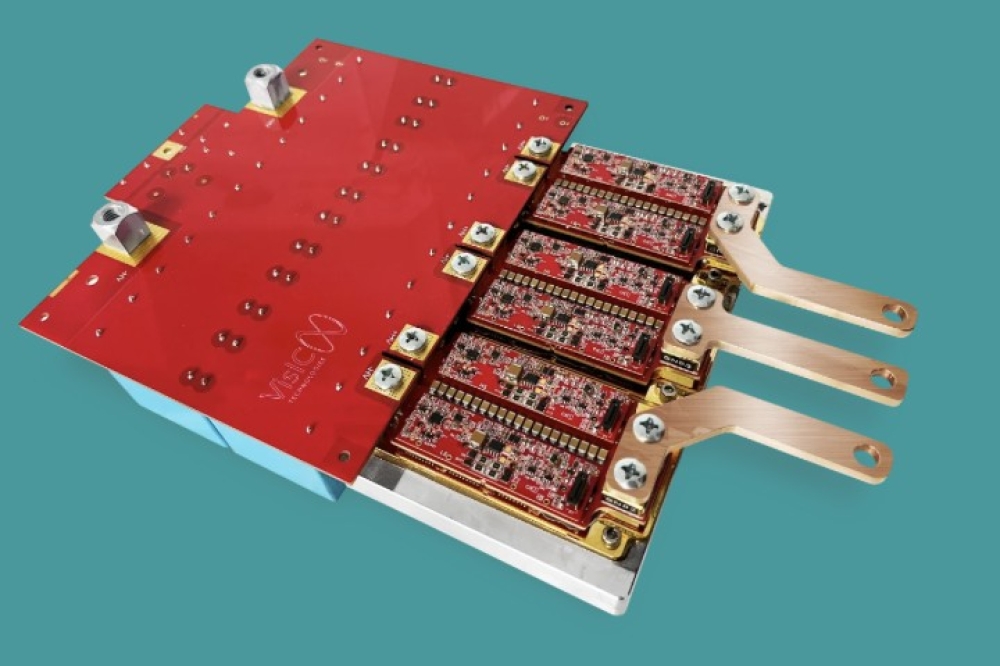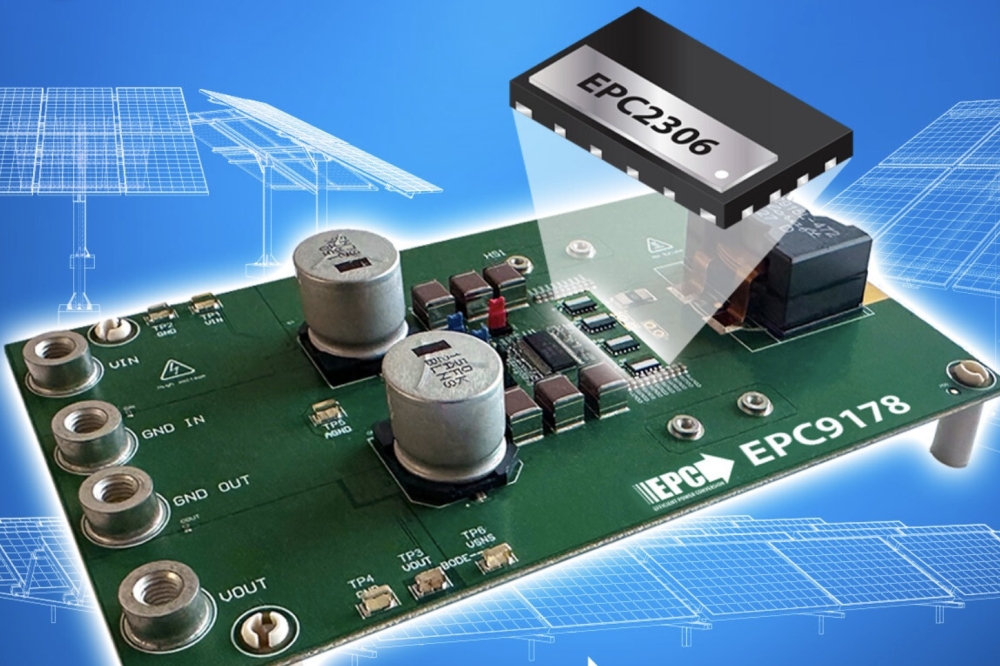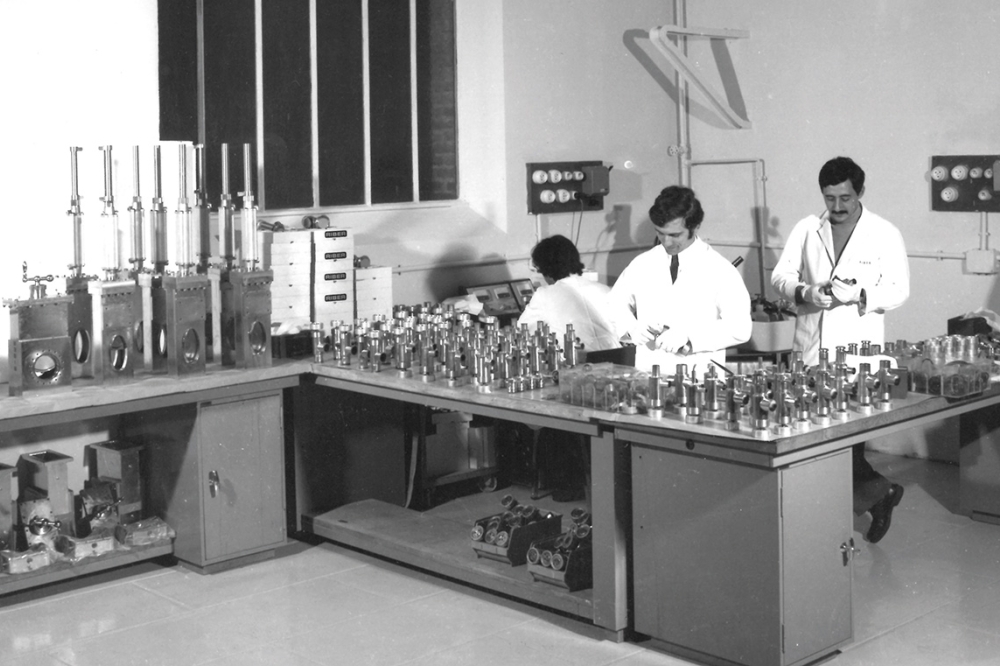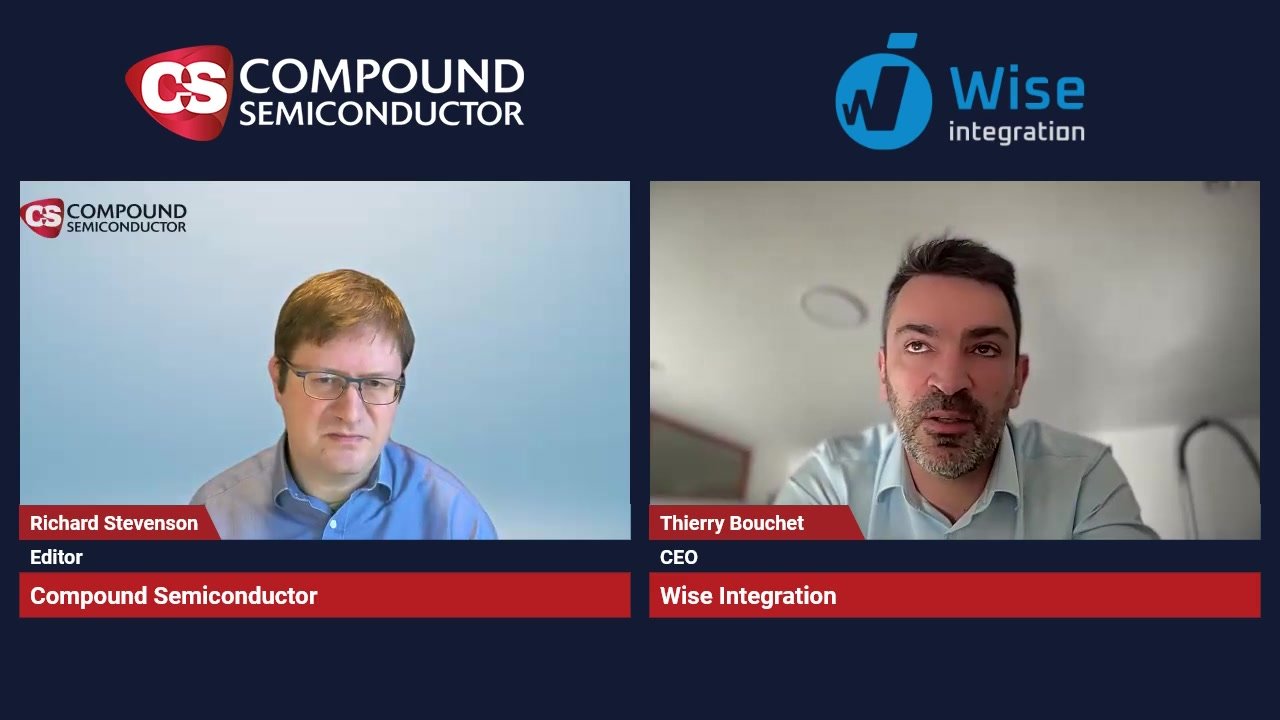Cubic silicon carbide leaps forward in quality
Cubic silicon carbide is the black sheep of the silicon carbide family. While devices based on hexagonal 6H and 4H-SiC polytypes are commercially available, the metastable nature of the cubic material has perplexed crystal growth researchers. However, recent findings suggest that the quest to master the 3C-SiC may not be an enigma, and quality cubic materials can be produced. So why pursue cubic silicon carbide? For starters, the 3C-SiC is the only SiC polytype with a zinc-blende crystallographic structure, giving isotropic physical properties and holding potential in MOS, biomedical and photovoltaic applications. The material has a smaller band gap compared to hexagonal polytypes, lowering the interface state density in the 3C-SiC/SiO2 material system and ensuring a higher channel mobility in MOSFET devices. What's more, it is more biocompatible than silicon or other SiC polytypes, lending itself to biomedical applications. Crucially, however, recent studies have shown cubic silicon carbide could be used as the base material in highly efficient solar cells. Today’s silicon-based solar cells exhibit a 20% efficiency, and have a theoretical limit of 29% due to the silicon bandgap that limits the absorption of a wider spectrum of incoming light. To stretch solar cell efficiencies further, researchers are looking at a number of innovative solar cell technologies, including the multi-junction solar cell concept. This employs materials with a range of bandgaps, and researchers have achieved efficiencies up to 43.5%. However, fabrication challenges arising from lattice mismatches between the different materials has hampered commercial development. For example, devices with 50% efficiencies may be realised, but these require tens of different growth fabrication steps. The intermediate bandgap solar cell offers an alternative to the multi-junction solar cell concept. This simpler design contains a semiconductor base with a metal-like intermediate band, or impurity band, avoiding the lattice mismatch issues prevalent in the multi-junction concept. What's more, thanks to so-called photon re-cycling, introducing only a single dopant to the intermediate bandgap solar cell can boost efficiencies to 60%. Photon recycling involves the emission of luminescent photons that may be subsequently absorbed. In a multi-junction cell structure, two photons are needed to deliver one electron to the external circuit, yielding an overall quantum efficiency is 50%. In contrast, the single band gap cell only requires one photon to deliver one electron, increasing overall quantum efficiency to more than 50%. Excitingly, cubic silicon carbide offers great promise here. The 3C-SiC has a bandgap of 2.2eV and boron is an acceptor at 0.7eV, which makes the material the perfect semiconductor to fit with models. However, first, high quality material needs to be developed. Raising quality
Unlike hexagonal silicon carbide, cubic silicon carbide will not form at the high temperatures used in physical vapour transport (PVT) growth. The material can be grown on silicon or using PVT growth on hexagonal silicon carbide at reduced temperatures, but today only a few development projects are underway.
The problem is that 3C-SiC grown on foreign substrates such as silicon becomes highly stressed due to a 20% lattice mismatch and 8% thermal mismatch. This leads to a high density of defects – mostly stacking faults – causing the silicon wafer to bend, especially as the thickness of the 3C-SiC film exceeds 10 μm (Fig. 1). Fig1: Cubic silicon carbide grown on silicon shows severe bending
Fig1: Cubic silicon carbide grown on silicon shows severe bending
To overcome this problem, researchers from the Department of Physics, Chemistry and Biology at Linköping University, Sweden, have developed a low temperature growth method that allows cubic silicon carbide to form on hexagonal silicon substrates, Figs 2 and 3.
. Fig2: A sublimation growth technique which applies 1800oC growth temperature, this may be compared with 2200-2300oC used in conventional PVT
Fig2: A sublimation growth technique which applies 1800oC growth temperature, this may be compared with 2200-2300oC used in conventional PVT
 Fig3: Cubic silicon carbide grown on hexagonal silicon carbide
It is known that the lattice and thermal matching between the cubic film and the hexagonal substrate are excellent, the results show the film thickness has a profound effect on the quality of the 3C-SiC material. Importantly, carrier lifetime – critical to a device's electronic and optoelectronic properties – is on a par with that in hexagonal silicon carbide polytypes.Silicon carbide for optoelectronics is an emerging research field. The semiconductor has been used to make a rare earth metal-free white LED for general lighting purposes.
Researchers have shown that fluorescent SiC can be used to convert ultraviolet light to violet light, by careful control of dopants such as nitrogen, boron and aluminium. This brings hope that cubic silicon carbide doped with boron could be suitable for a solar cell material.
Indeed, we have developed growth conditions, which allow exceeding the supersaturation threshold for 2D nucleation of 3C-SiC on step terraces of low off-axis substrates as a route to facilitate 3C-SiC nucleation and progressive domain enlargement by step flow growth.
With our approach there is a pronounced nucleation at the edge of the samples, and domains extend in the off-axis direction.
The domain enlargement mechanism is demonstrated by growth at longer growth times in which the increasing layer thickness has a profound effect on the quality of the 3C-SiC material. Only a few dominating domains remain with increasing thickness by the step flow governed crystal growth mechanism.
The quality of the material improves with increasing thickness, with XRD analysis indicating comparable results to commercial hexagonal silicon carbide (Fig 4).
Fig3: Cubic silicon carbide grown on hexagonal silicon carbide
It is known that the lattice and thermal matching between the cubic film and the hexagonal substrate are excellent, the results show the film thickness has a profound effect on the quality of the 3C-SiC material. Importantly, carrier lifetime – critical to a device's electronic and optoelectronic properties – is on a par with that in hexagonal silicon carbide polytypes.Silicon carbide for optoelectronics is an emerging research field. The semiconductor has been used to make a rare earth metal-free white LED for general lighting purposes.
Researchers have shown that fluorescent SiC can be used to convert ultraviolet light to violet light, by careful control of dopants such as nitrogen, boron and aluminium. This brings hope that cubic silicon carbide doped with boron could be suitable for a solar cell material.
Indeed, we have developed growth conditions, which allow exceeding the supersaturation threshold for 2D nucleation of 3C-SiC on step terraces of low off-axis substrates as a route to facilitate 3C-SiC nucleation and progressive domain enlargement by step flow growth.
With our approach there is a pronounced nucleation at the edge of the samples, and domains extend in the off-axis direction.
The domain enlargement mechanism is demonstrated by growth at longer growth times in which the increasing layer thickness has a profound effect on the quality of the 3C-SiC material. Only a few dominating domains remain with increasing thickness by the step flow governed crystal growth mechanism.
The quality of the material improves with increasing thickness, with XRD analysis indicating comparable results to commercial hexagonal silicon carbide (Fig 4).
 Fig4: Growth time/Average FWHM value from three measurements on 3C-SiC crystals: a) 30 min / 305 μm /149 arcsec, b) 60 min / 590 μm / 90 arcsec c) 120 min / 1080 μm / 65 arcsec.
Pleasingly, the material demonstrates a carrier lifetime of a few microseconds, substantially more than the typical 1μs lifetime in as-grown 4H-SiC. Other researchers have increased the carrier lifetime of this material to 9.5 μs after thermal treatment, and 18-19 μs via a post carbon-implantation and anneal treatment.
However, we have shown that the crystal quality in extremely thick 3C-SiC, grown by sublimation epitaxy, is significantly better than previous attempts. Microwave photoconductivity decay (μ-PCD) measurements show as-grown 3C-SiC to have considerably longer carrier lifetime of 8.2 μs, which is comparable to the carrier lifetime in post growth treated CVD-grown 4H-SiC layers (Fig 5).
Fig4: Growth time/Average FWHM value from three measurements on 3C-SiC crystals: a) 30 min / 305 μm /149 arcsec, b) 60 min / 590 μm / 90 arcsec c) 120 min / 1080 μm / 65 arcsec.
Pleasingly, the material demonstrates a carrier lifetime of a few microseconds, substantially more than the typical 1μs lifetime in as-grown 4H-SiC. Other researchers have increased the carrier lifetime of this material to 9.5 μs after thermal treatment, and 18-19 μs via a post carbon-implantation and anneal treatment.
However, we have shown that the crystal quality in extremely thick 3C-SiC, grown by sublimation epitaxy, is significantly better than previous attempts. Microwave photoconductivity decay (μ-PCD) measurements show as-grown 3C-SiC to have considerably longer carrier lifetime of 8.2 μs, which is comparable to the carrier lifetime in post growth treated CVD-grown 4H-SiC layers (Fig 5).
 Fig5: μ-PCD measurement
Fig5: μ-PCD measurement
Given these results, and the observation that 3C-SiC can be luminescent, reveals the potential optoelectronic possibilities of this material (Fig 6). The future possibilities have not yet been explored by any research. Fig 6: Room temperature photoluminescence measurements of N-B doped SiC polytypes.
Fig 6: Room temperature photoluminescence measurements of N-B doped SiC polytypes.

